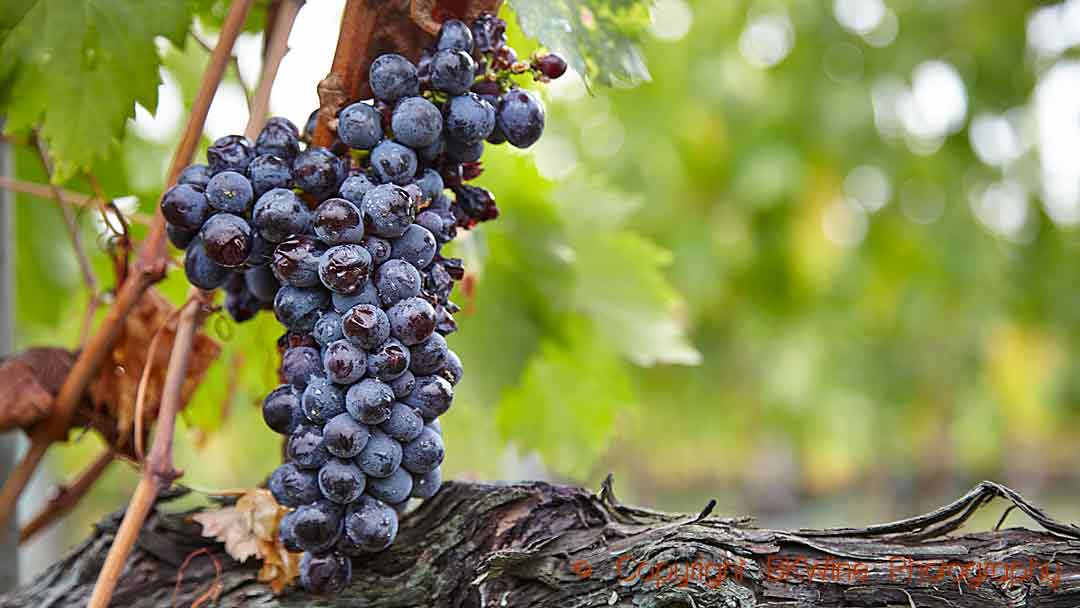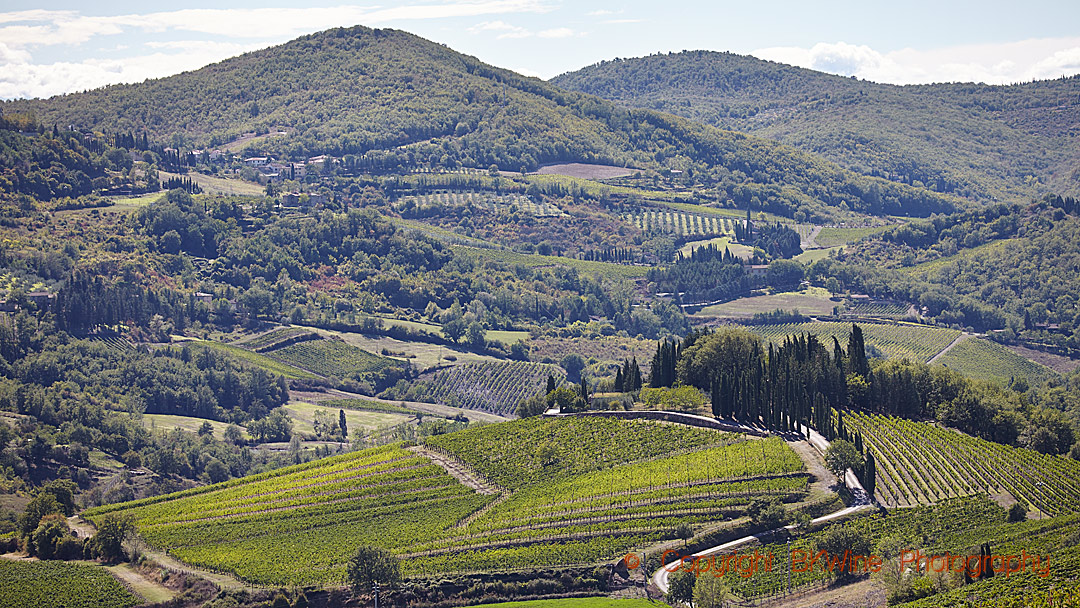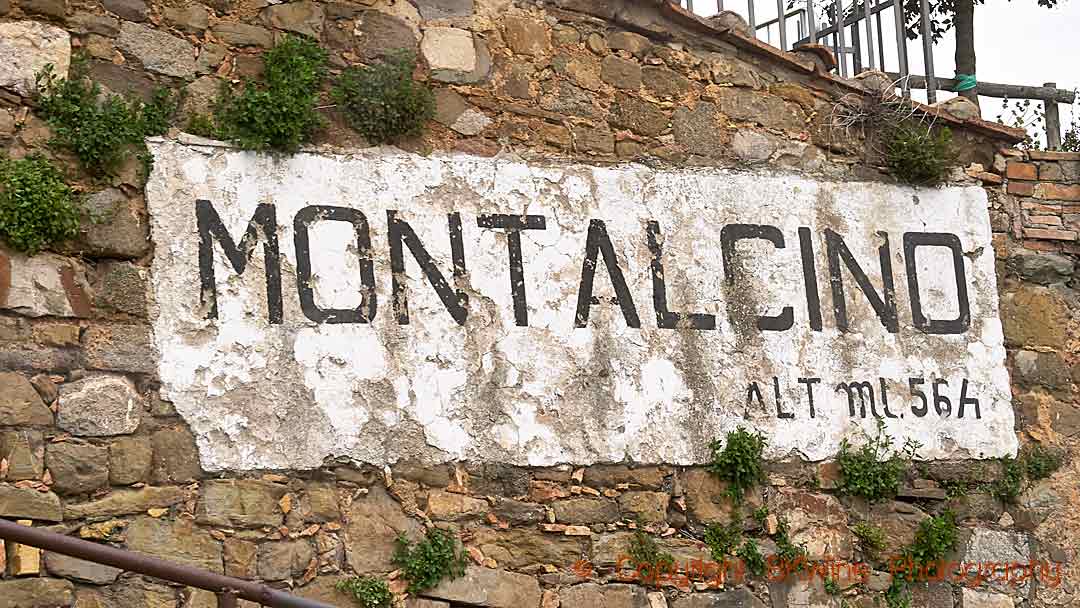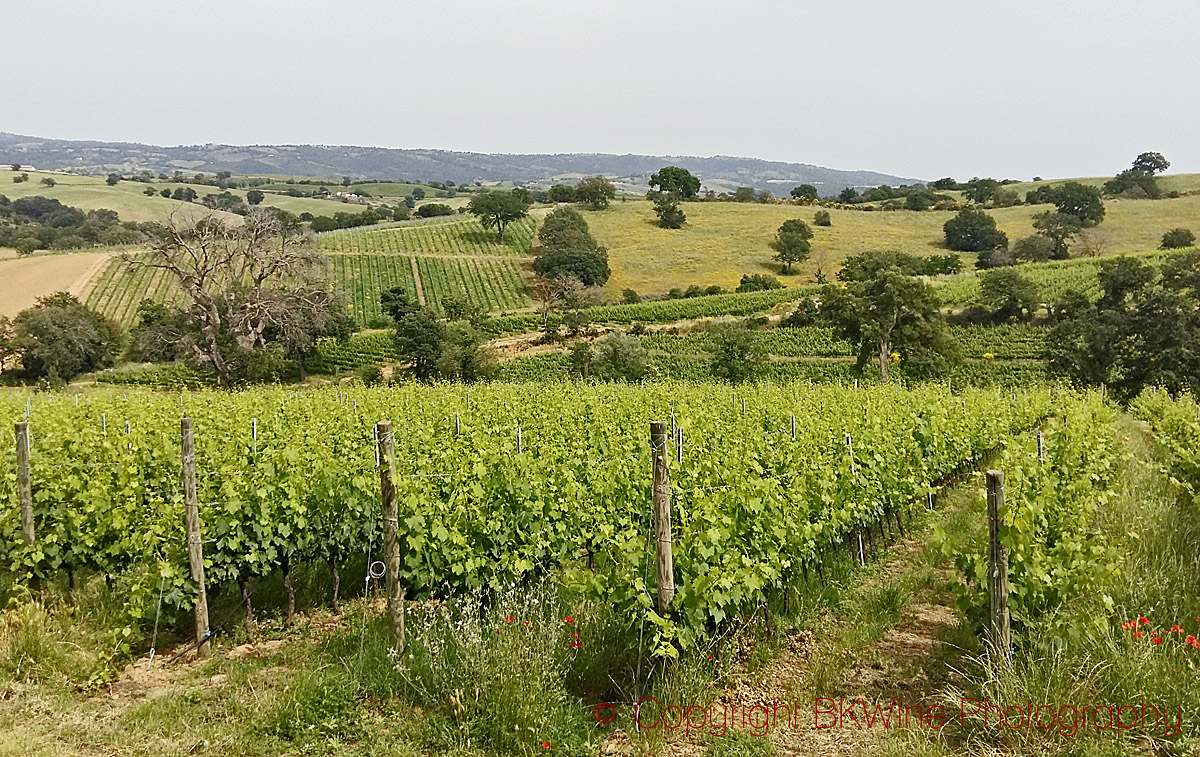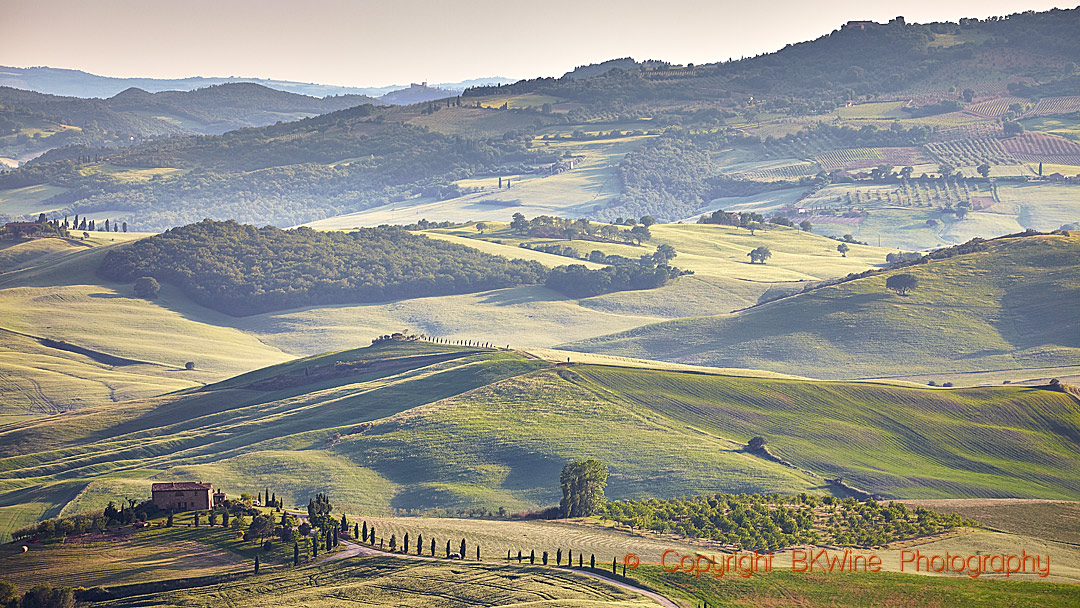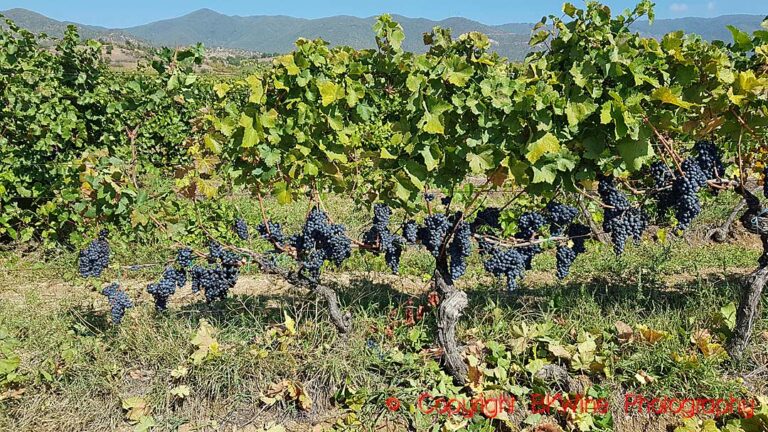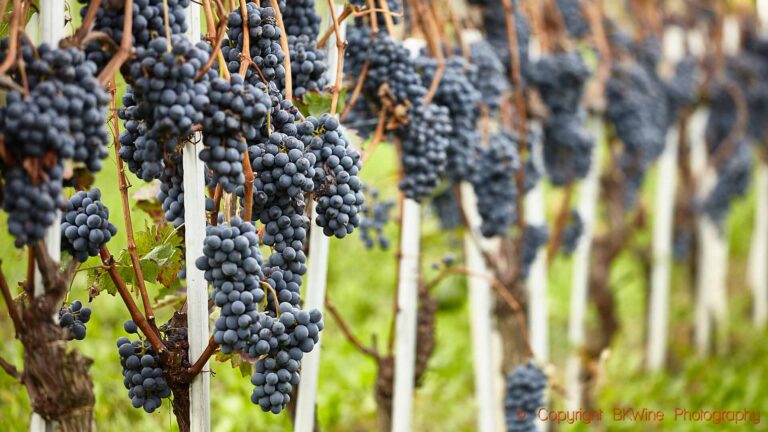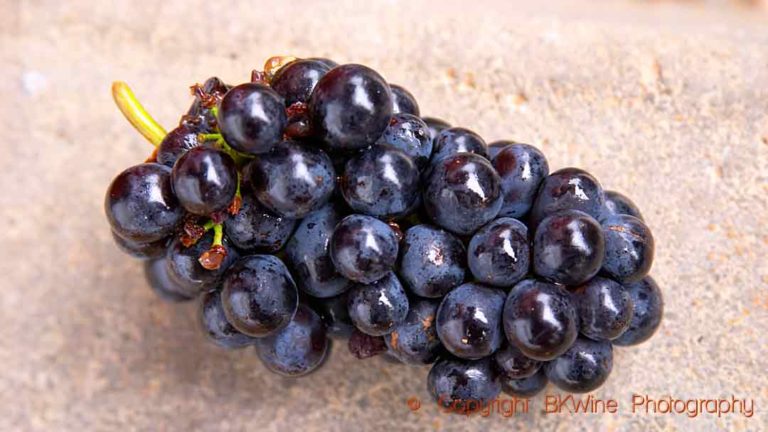Sangiovese is intimately associated with Tuscany. It is used in Chianti and Chianti Classico and for other world-famous wines such as Brunello di Montalcino and Vino Nobile di Montepulciano. But it is also widely cultivated in other places in Italy. It is actually Italy’s most planted grape. But outside Italy it is harder to find even though the number of countries growing sangiovese has increased in the last ten years.
Sangiovese was mentioned in writing in the 16th century in Tuscany and Romagna. In the 19th century, it spread over the central and southern parts of Italy. Its origins are probably in Tuscany but it may have some ancestors further south, perhaps in Calabria.
This is a longer version of an article published on Forbes.com.
In the past, sangiovese wines tended to be quite light in style. They still are to a certain degree but today they have more concentration and fruit. The grape is found on 60,000 hectares in Italy so the variety is huge. Sangiovese is available in all price ranges. You often recognize it and it has something unmistakably Italian about it.
This is an article in our series of presentations of the world’s most popular and exciting grape varieties. Read other articles here:
Sangiovese character
Good quality wines of sangiovese have freshness and elegance. They often have a pleasant acidity and a fair amount of tannins. A typical sangiovese is quite light, both in colour and in body. Cherries and tobacco are among the aromas.
Sangiovese is genetically unstable, which means that there are a variety of clones that have formed spontaneously over the years in the vineyards. It has a large number of permitted clones in Italy, over 100. It also has a lot of synonyms.
The many clones of sangioveses began to be seriously studied in the 1990s. At least two groups, “families”, of the grape have been defined: sangiovese grosso and sangiovese piccolo (grosso and piccolo have nothing to do with quality). Grosso has several different clones, the most famous being brunello in Montalcino and prugnolo gentile in Montepulciano. Various clones of sangiovese piccolo are found throughout Tuscany.
According to many producers, sangiovese is a demanding grape. It is adaptable and can thrive in different environments. But, they say, for the best quality, it requires specific conditions. Limestone in the soil is considered specifically beneficial to quality. The grape is susceptible to grey rot attacks due to its thin skin, so canopy management to keep the foliage airy is needed. It is, on the other hand, resistant to drought, which is good thing in many Italian regions. It matures slowly and late and thrives in bright and sunny weather.
Sangiovese is used either on its own or blended. The most prestigious wine, brunello di montalcino, is always 100% sangiovese as are some chianti and chianti classico. In fact, today we find many wines in Italy made with only sangiovese. It used to be more unusual. It was considered that the tannins in sangiovese needed to be softened with other grapes, even sometimes with white grapes as was the case in Chianti in earlier years.
We encounter different styles of sangiovese today. A modern style that is softer, less tannic and sometimes rather uninspiring. There is also the more traditional style that retains the astringency that goes so well with food. How the producer ages the wines – in small and new oak barrels, older oak barrels, larger barrels or steel tanks – also affects the style and taste of the wines and can hide the grape character, especially if the oak flavours are exaggerated.
Chianti and Chianti Classico
A chianti must be at least 75% sangiovese, a chianti classico at least 80%. You can blend with mainly canaiolo and colorino. Since a few years back, the producers can use small amounts of French grapes such as cabernet sauvignon and cabernet franc
Brunello di Montalcino and Vino Nobile
The town of Montalcino overlooks the 2,000 hectares of sangiovese, or brunello as the grape is called here. Clemente Santi at the Biondi Santi estate created the wine brunello di montalcino using a clone of sangiovese which he called brunello. For a long time, only small quantities were produced. In 1966 Brunello di Montalcino obtained its DOC and in 1980 its DOCG, as one of the first four. Soon after, brunello was a world celebrity. A brunello is always 100% sangiovese.
At best, brunello has a great intensity in the aromas, a lightness and elegance in the body and smoothness in the aftertaste. The characteristic sangiovese tannins are but the wine is always balanced.
Vino nobile di montepulciano was also one of the first DOCGs. The wine is famous but does not have quite the same status as brunello. Vino nobile can be 100% sangiovese, but you can blend it with up to 30% other grapes.
More sangiovese in Italy
On the Tuscan coast it the Maremma where sangiovese, locally known as morellino, thrive here. Morellino di Scansano DOCG is the most famous wine.
In Umbria, sangiovese is used for montefalco rosso. In Emilia-Romagna, sangiovese di romagna used to have a bad reputation, but today, some of these wines are delicious. Le Marche also has some sangiovese and it is found as far south as Puglia and Sicily.
Corsica
Sangiovese is found in Corsica under the name nielluccio (sometimes spelled nielluciu). It is an important grape on the French Mediterranean island, mainly in the Patrimonio appellation, but it is grown in all of the regions on the island. It covers around 1500 hectares. In Corsica, the sun shines almost continuously during the summer and the niellucciu wines are often full-bodied and structured with both red and dark berries – black currants, blackberries, raspberries – in the aromas. On the nose you often find mint, fresh herbs and liquorice as well.
Niellucciu is used as a single grape or blended with sciaccarellu. Corsican producers also use niellucciu for rosé wines and even though they can be pleasant, it is a shame that 70% of Corsica’s wines today are rosé wines.
The rest of the world
Argentina has just over 1500 hectares of sangiovese, but you don’t really notice it much. It has been planted in Mendoza since the second half of the 19th century. A hundred years later it was outmanoeuvred by malbec and the bordeaux grapes. Maybe we will hear more about Mendoza sangiovese in the future. There are enthusiasts of Italian descent here who would like to bring the grape back into the limelight.
A few more countries have small plantings of sangiovese: USA, Australia, Chile, Romania, South Africa, Uruguay and a few more.
Quick facts on sangiovese
- Acreage worldwide:
- 73,000 ha
- Main countries where sangiovese is grown:
- Italy 60,000 ha
- France 1500 ha
- Argentina 1500 ha
- Sangiovese’s character:
- Relative light in colour and in body. Quite elegant wines with a fresh acidity and distinct tannins. In the aromas you find cherries, red fruit, tobacco and sometimes fresh herbs. The finish can be a little bit dry.


